

Sanibel Fishing & Captiva Fishing, Little Tunny Or False Albacore Tuna!

Sanibel Fishing & Captiva Fishing, Captiva Island, Thursday, April 20: Little Tunny, False Albacore Tuna, or Little Tuna; latest Red Tide Report; better water moving north of Sanibel up through Captiva & North Captiva. Please click here to Book A Charter or call 239-472-8658.
We’re located at Castaways Marina, Santiva, Sanibel Island, just before the Blind Pass bridge to Captiva Island.
For more photos and/or fishing reports from our other Captains’ boats from other marinas, please also visit our Sanibel, Fort Myers, Seashell & Shelling, Florida Fishing Report and Cuban Fishing sites. Please check here for Live Sanibel Traffic Cams. Click here for College Of Fishing Hats & Apparel.

“The little tunny, false albacore or little tuna, (Euthynnus alletteratus) is the most common tuna in the Atlantic Ocean. It is found in warm temperate and tropical waters of the Atlantic and the Mediterranean; in the western Atlantic, it ranges from Brazil to the New England states. It is found regularly in offshore and inshore waters, and is classified as a highly migratory species by UNCLOS.[1] Occurring in large schools and weighing up to 36 lb, it is one of the smaller members of the tuna Scombridae family, and is one of the finest small game-fish in the Atlantic.
Commonly called false albacore or little tuna, it resembles the Atlantic bonito, skipjack tuna, and species of mackerel.[2] The little tunny feeds primarily on pelagic fish. It is best identified by the dark spots appearing between its pectoral and ventral fins and “worm-like” markings on its back.[3]

Commercially, the fish is used as bait for sharks and marlin due to its high oil content and hook retention. It is considered by many to be a trash fish because of its limited nutritional value; ciguatera poisoning related to its consumption has even been reported. However, the little tunny is commercially important in many locations, including the West Indies. It is marketed fresh, dried, canned, smoked, and frozen. It is sought-after as a sport fish due to its line-stripping 64 km/h (40 mph) runs and hard fighting ability when hooked. By trolling with lures near reefs, it can be caught on hook and line.[4]

The little tunny is small in body size compared to other tuna species. It has a compact and stream-lined body built to facilitate bursts of speed, as well as endurance while swimming. Its torpedo-shaped, robust body is made for powerful swimming.[4] It has a large mouth with rigid jaws and a slightly protruding lower jaw, with a single row of small, inwardly curved, cone-shaped teeth on the palatines.[6] Teeth are absent on the vomer, the small bone in the roof of the mouth,[4] and the tongue has two longitudinal ridges.[4]

The snout is shorter than the rest of the head. The little tunny has a dorsal fin with 10 to 15 tall, descending spines, as well as a much smaller second dorsal fin followed by eight finlets. At the base, the two dorsal fins are separated by a small interspace.[6] The anal fin has 11 to 15 slightly defined rays, and is followed by seven finlets. The pectoral fins are short and do not reach the end of the first dorsal fin and are joined to the pelvic fins by interpelvic processes.[4] There are 37-45 gill rakers, bony projections off the gills, on the first arch. There are no scales on the body of the little tunny except along the lateral line and on the corselet: a thick band of scales circling the body.[4]

The coloration of the little tunny is typically metallic blue or blue-green with dark, wavy stripes above the lateral line. These “worm-like” lines are within a well-marked border that never extends farther forward than the middle of the first dorsal fin.[6] The belly is bright white with three to seven dark, fingerprint-like spots around the pectoral and pelvic fins. The little tunny is commonly confused with the Atlantic bonito because of coloration, but the two fish differ in their color patterns and overall body size.

The little tunny’s markings allow it to easily be distinguished from similar species. It is often confused with the skipjack tuna, the frigate tuna, the Atlantic bonito, and the bullet tuna. Close relatives also include the kawakawa and the black skipjack. The scattering of dark, fingerprint-like spots between the pectoral and pelvic fins cannot be found on any related Atlantic species. The first dorsal fin of the Atlantic bonito is also lower and sloping. Its lack of teeth on the vomer can set it apart from its close Pacific relatives, the kawakawa and the black skipjack. The dorsal fins of the bullet and frigate mackerel are set apart. Unlike the little tunny, the skipjack tuna lacks markings on the back and has broad, straight stripes on the underside.[7]

The little tunny reaches a maximum weight of 12 kg (26 lb) in the Mediterranean, and averages about 7 kg (15 lb) through its entire range. Its maximum fork length (distance from the tip of the snout to the fork of the tail) in the Mediterranean is about 100 cm (39 in) and in the Atlantic is about a 90 cm (35 in).[8]Average fork length for an adult fish throughout the entire range is about 85 cm (33 in).[9] Some fish may reach a length of 100 cm (39 in) or more, but most commonly they are around 64 cm (25 in). The largest little tunny on record is 120 cm (47 in) and 17 kg (37 lb).[10] Females reach sexual maturity at 27 to 37 cm (11–15 in) in fork length, while males mature at about 40 cm (16 in).[4]

As with many inshore gamefish like bluefish and striped bass, schools of little tunny are usually indicated by flocks of birds diving in coastal waters. Fishermen targeting them often troll bait, cast lures, and float fish. When trolling for Little Tunny, fishermen often use small lures baited with either mullet or ballyhoo or lures dressed with colored feathers. When float fishing, popular baits are Spot, Bluefish, or Pinfish. Popular lures include deadly dicks, maria jigs, and other slender-profiled, brightly colored metal lures that can be cast far and retrieved quickly that imitate the small baitfish the little tunny are often feeding on.

Some anglers use little tunny for strip bait to catch other species, but most fish are released as the Little Tunny is not commonly thought of as a food fish. There is little regulation of the fishery, no size or bag limits, and no closed season. The flesh of the Little Tunny is coarse in texture, strong in flavor, and dark in color if compared to bluefin or yellowfin tuna.[16]

In preparing Little Tunny for consumption, it should be bled and iced as soon as possible after being caught. There are many ways to eat the Little Tunny, such as Tuna Salad. To do this, the fillets are first baked, then chilled and flaked, then mixed in with the salad. Removing the dark strips of meats that extend the length of each fillet helps to reduce the naturally fishy flavor.[17] Another way to prepare the Little Tunny is first to bleed it, barbecue it in foil, remove the meat from the bone, and then let it chill overnight. Various seasonings can be used to enhance the flavor. Fresh steaks can be quite good if seasoned with salt, pepper, and lemon, and thinly sliced tunny makes good sashimi. It is commonly eaten as such in Japan.” More background here.
Please click calendar at upper right or call 239-472-8658 to book a charter.
Whether you’re a longtime customer who has fished with us for many years or a first-time customer, expert fisherman or just a family with young children out to catch fish and have fun, you are going to enjoy being out in the boat with Hank and me! We greatly appreciate your friendship and business!
We grew up on Sanibel and Captiva fishing and shelling every day! It is what we know and do well! If you had a good time fishing with Captain Joey Burnsed on a Sanibel & Captiva charter, please post an “excellent” review on Google Places, TripAdvisor, Yelp, or Facebook! If you had any issues at all with your charter, please let us know immediately and we’ll do everything we can to make it right! Huge thanks for doing this!
And you can like us on Facebook.
Fair winds and following seas,
Captain Joey Burnsed ~ please click calendar at the upper left or call 239-472-8658 to book a Sanibel & Captiva Islands, Boca Grande or Fort Myers fishing guide trip or shelling charter.
![Hogfish or Hog Snapper, Sanibel Fishing & Captiva Fishing, Sanibel Island, Sunday, December 10, 2017, [File Photo - Wednesday, February 8, 2017].](https://captivafishing.net/wp-content/uploads/wordpress-popular-posts/13104-featured-360x260.jpg)

![Hogfish or Hog Snapper, Sanibel Fishing & Captiva Fishing, Sanibel Island, Sunday, December 10, 2017, [File Photo - Wednesday, February 8, 2017].](https://captivafishing.net/wp-content/uploads/wordpress-popular-posts/11558-featured-360x260.jpg)





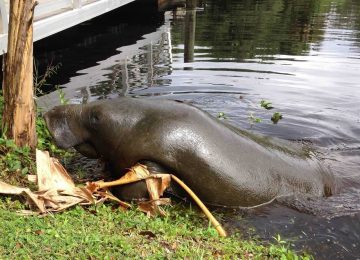

![Goliath grouper, Sanibel & Captiva Islands & Fort Myers Charters & Fishing Guide Service, Thursday, November 2, 2017, [August 16, 2012].](https://captivafishing.net/wp-content/uploads/wordpress-popular-posts/11711-featured-360x260.jpg)
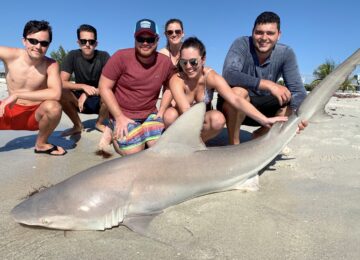
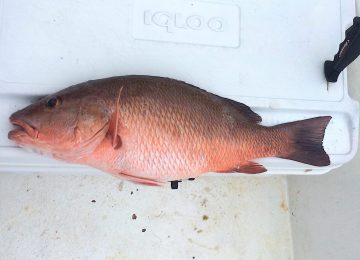

![Hogfish or Hog Snapper, Sanibel Fishing & Captiva Fishing, Sanibel Island, Sunday, December 10, 2017, [File Photo - Wednesday, February 8, 2017].](https://captivafishing.net/wp-content/uploads/wordpress-popular-posts/11143-featured-360x260.jpg)
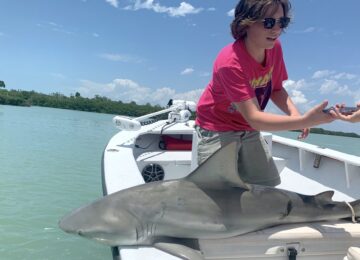

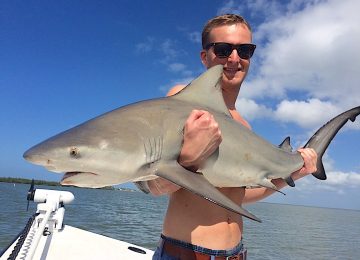
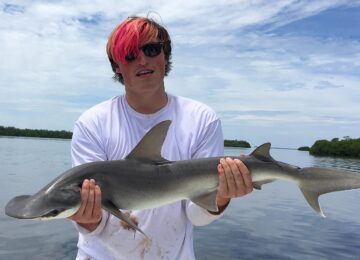
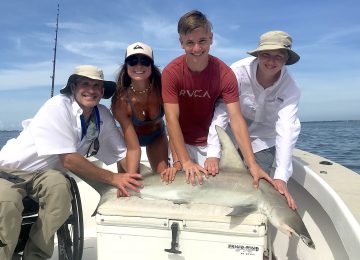
![Schoolmaster Snapper, Sanibel Fishing & Captiva Fishing, Sanibel Island, Thursday, January 11, 2018, [File Photo - Thursday, December 28, 2017].](https://captivafishing.net/wp-content/uploads/wordpress-popular-posts/13203-featured-360x260.jpg)
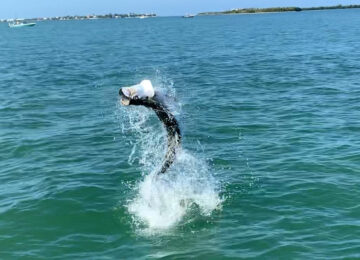
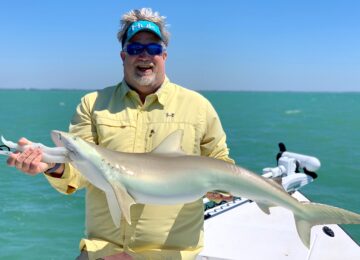

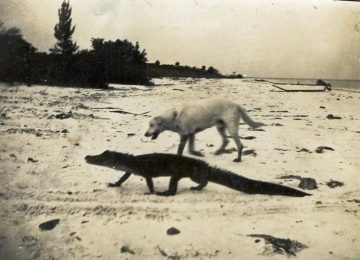
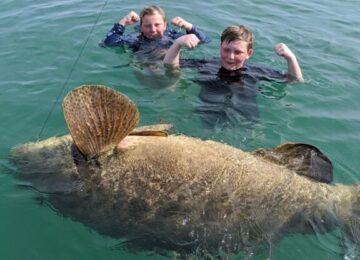
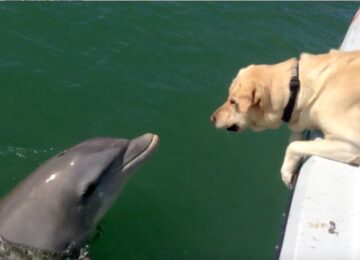















You must be logged in to post a comment.